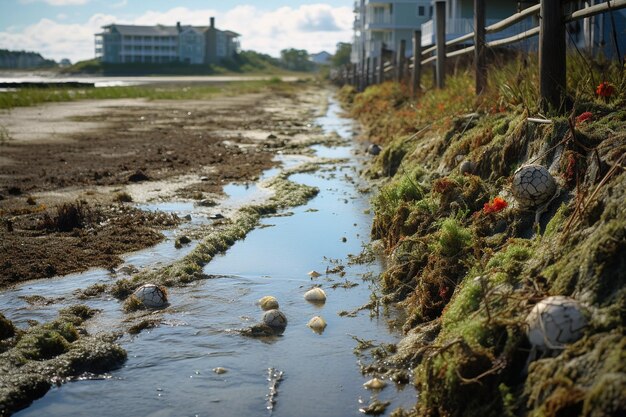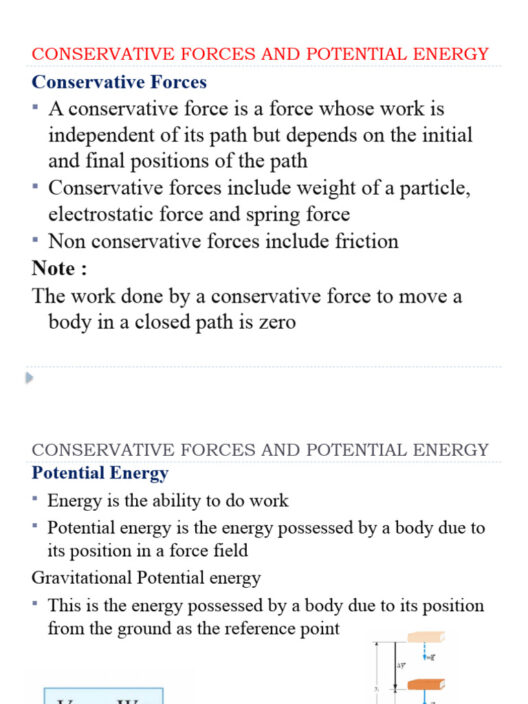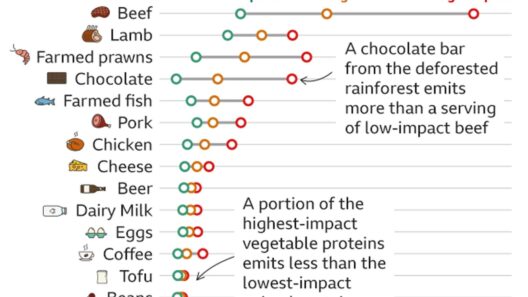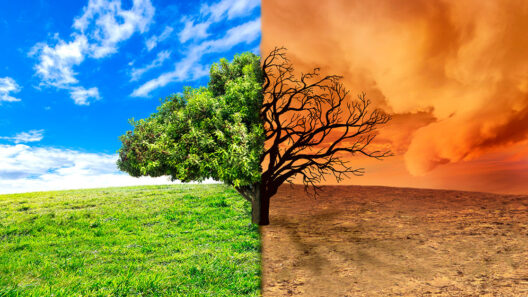The United States, a vast maritime tapestry, is intricately woven with an extensive network of coastlines that cradle countless communities. The lapping waves serve as both a balm and a harbinger, whispering stories of beauty and foreboding. As climate change accelerates, rising sea levels threaten to unravel this delicate tapestry, demanding innovation and adaptation from coastal dwellers. The urgency of the situation has spurred a multitude of efforts aimed at addressing this imminent challenge, transforming mere survival into a vibrant quest for resilience.
The phenomenon of rising sea levels is a multifaceted conundrum, primarily exacerbated by the gravitational pull of climate change. As polar ice sheets melt and seawater expands due to rising temperatures, coastal regions begin to experience the encroachment of salty tides. With projections indicating a potential rise of one to two feet by 2050, coastal cities find themselves at a critical juncture. These communities are akin to ships at sea, navigating through turbulent waters with the horizon obscured by uncertainty.
In response to this growing existential threat, various adaptation strategies have emerged, mirroring the resourcefulness of coastal ecosystems. Among the most promising initiatives is the implementation of nature-based solutions, which harness the intrinsic power of the environment itself. Mangroves, salt marshes, and coral reefs are not merely environmental features; they act as formidable barriers against storm surges and erosion. By prioritizing the restoration and preservation of these natural defenses, communities can fortify their coastlines against encroaching seas while simultaneously fostering biodiversity.
The integration of green infrastructure presents another avenue toward resilience. Urban planning has traditionally favored concrete and steel, yet the rising tide of climate change beckons a reevaluation of this paradigm. With creative foresight, cities are now exploring options such as green roofs, permeable pavements, and urban wetlands. These innovations not only facilitate better water management but also augment urban aesthetics, transforming once-drab environments into thriving urban ecosystems. Thus, the cityscape becomes not merely a habitat for humans but a refuge for various species, reinvigorating the areas that connect land and sea.
Moreover, the importance of community engagement cannot be overstated in the context of adaptation. Coastal residents possess an intimate understanding of their surroundings, gleaned through lifetimes of experience. By harnessing local knowledge and incorporating it into decision-making processes, cities can craft bespoke solutions tailored to their unique geographic and cultural landscapes. Workshops, forums, and inclusive dialogues serve as crucial platforms for citizens to voice their concerns and aspirations. This community-centric approach fosters a sense of ownership; when residents feel invested in the adaptation process, the likelihood of success skyrockets.
Education emerges as a powerful ally in the fight against rising sea levels. Schools and local organizations are increasingly adopting curricula that address climate change and its implications for coastal communities. By instilling environmental literacy at a young age, future generations are better equipped to grapple with the complexities of their ever-evolving ecosystems. Initiatives that blend education with hands-on activities—such as beach clean-ups and conservation projects—further cultivate a sense of stewardship, nurturing a lifelong commitment to ecological balance.
While the future may seem daunting, it is essential to recognize the intersectionality of climate change adaptation and social equity. Coastal communities are not monolithic entities; they comprise diverse populations with varying resources and vulnerabilities. Historically marginalized communities are often the hardest hit by rising seas, yet they frequently possess the least capacity to adapt. It is imperative that adaptation strategies be inherently inclusive, providing support to those most at risk while amplifying their voices. In doing so, adaptation transcends mere survival; it becomes a movement toward social justice and environmental equity.
To navigate this labyrinthine challenge, technological advancements will undoubtedly play a pivotal role. Innovations in predictive modeling, data collection, and remote sensing offer new pathways for understanding and anticipating sea-level rise. By utilizing cutting-edge technologies, communities can engage in proactive planning, rather than reactive measures. For instance, state-of-the-art mapping tools enable local authorities to visualize potential flood zones, allowing for informed decision-making and resource allocation.
As coastal communities embark on their journey toward adaptation, collaborative efforts across governmental, nonprofit, and private sectors will be crucial. A tapestry of partnerships can leverage the strengths of diverse organizations, pooling knowledge, experience, and resources to forge innovative solutions. Whether through funding initiatives, research collaborations, or volunteer efforts, these alliances can wield significant influence in crafting a sustainable future.
In conclusion, the challenge posed by rising sea levels is not simply a matter of geography or policy; it is a transformative call to action. As communities reflect on their identity and purpose in the face of adversity, they are presented with an opportunity to redefine their relationship with the land and sea. The coastlines, once regarded as mere borders, can evolve into resilient landscapes that embody the tenacity and ingenuity of human spirit. By embracing this monumental challenge, coastal communities can emerge not only as survivors but as trailblazers in the pursuit of harmony between humanity and nature.








